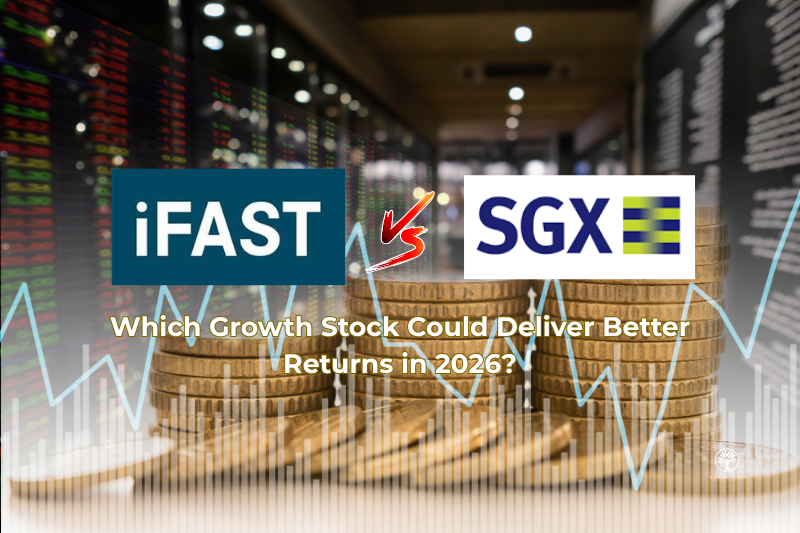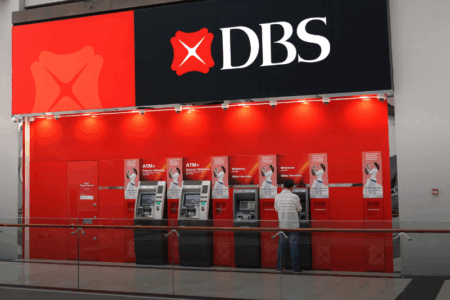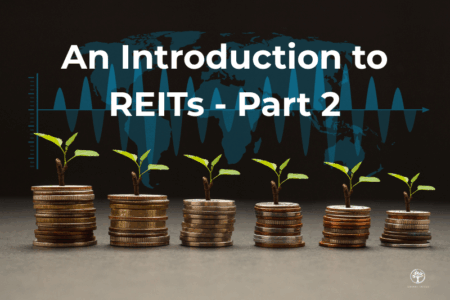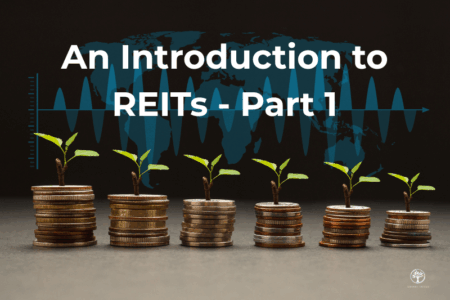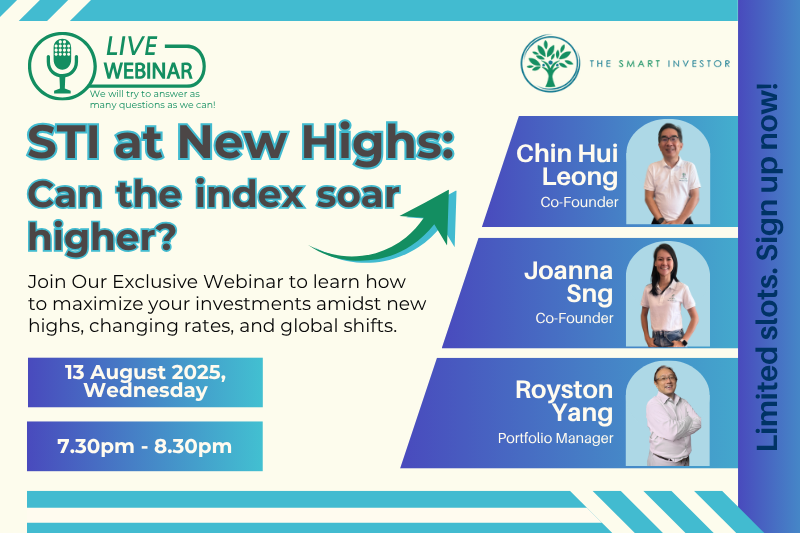Singapore investors love growth stocks and few have captured this story better than iFAST Corporation (SGX: AIY) and Singapore Exchange (SGX: S68), or SGX.
One is a fast-rising fintech platform; the other, a blue-chip exchange giant expanding into global markets.
As we head into 2026, with interest rates set to fall, and markets hovering near record highs.
Which of these growth stocks looks more promising?
iFAST: Fintech Platform With Expanding Margins
iFAST has evolved from a fund distribution platform into a digital wealth infrastructure player with strong regional presence.
Recent government contracts (e.g., Hong Kong eMPF platform) and growth in its recurring AUA (assets under administration) are driving higher profitability.
For iFAST’s 2025 third quarter (3Q 2025) results, net revenue grew 39.9% year-on-year to S$89.53 million and net profit increased by 54.7% year-on-year to S$26 million.
With the growth in iFAST’s core wealth management platform business across all markets, iFAST’s AUA grew 29.6% year-on-year to an all-time high of S$30.62 billion at the end of 3Q2025.
At the group level, iFAST’s profit before tax margin stood at 34.5% for 9M2025, compared to 22.6% in 2023 and 33.5% in 2024.
Some of the recent initiatives include the introduction of payment services, which include multi-currency debit cards, online payment services, and cross-border spending and transfer solutions.
On international expansion, In August 2025, iFAST Pay Malaysia received approval-in-principle from Bank Negara Malaysia to operate as an Electronic Money (E-Money) Issuer and to hold a Money Services Business (MSB) Class A licence.
The key takeaway is that iFAST is entering a new profitability phase, but valuation remains rich and execution will be key in 2026.
SGX: The Established Growth Compounder
SGX remains the backbone of Singapore’s capital markets, with stable income from trading, clearing, and data businesses.
The bourse operator’s long-term strategy focuses on derivatives growth, global partnerships, and recurring data revenue.
How does SGX earn its keep?
In terms of revenue breakdown, the Equities-Cash segment accounted for 30.3% of total net revenue for the fiscal year ended 30 June 2025 (FY25) while the Equities-Derivatives segment contributed 26.6% of SGX’s total net revenue.
Meanwhile, Platform and Others accounted for 18.3% of the total net revenue.
Both profit and dividend growth trends for SGX are healthy as well.
From FY2021 to FY2025, SGX’s net profit attributable to equity holders grew from $445 million to $648 million.
Across the same period, dividends distributed to shareholders grew from $0.32 to $0.375 in FY2025.
Recent acquisitions or partnerships by SGX include partnership with Climate Impact X (CIX), which is a Singapore-based global carbon exchange and marketplace that aims to scale the voluntary carbon market. The expansion in Foreign Exchange derivatives will also spur more interest from traders who specialise in forex trading.
Currently, SGX’s dividend yield is 2.2%.
The key takeaway from this is that SGX’s steady cash flows and growing global reach make it a reliable, income-generating growth play.
Comparing the Two: Growth, Stability, and Valuation
iFAST offers higher growth potential but greater volatility; SGX offers predictable cash flow and modest capital gains.
Falling interest rates could support both by boosting investor activity and platform inflows.
| iFAST Corporation | Singapore Exchange Limited | |
| Revenue growth rate (CAGR 3 years) (%) | 29.5 | 7.6 |
| Profit Margin (%) | 18.5 | 47.3 |
| Dividend Yield (%) | 0.7 | 2.2 |
| Dividend Payout Ratio (%) | 23.9 | 59.7 |
| P/E Ratio (times) | 32.5 | 28.2 |
Currently, iFAST has a market capitalisation of S$2.8 billion while SGX’s market capitalisation came in at S$18.4 billion.
Both iFAST and SGX are quality growth stocks, but the right pick depends on investor preference.
For those who prefer growth acceleration, iFAST will be the top pick while SGX will be a good pick for investors who prefer stable compounding.
Key Catalysts and Risks for 2026
For iFAST, the successful rollout of digital platforms and margin expansion could drive upside.
However, any delays or contract risks may hurt its valuation.
For SGX, market turnover and derivatives volume recovery will be key growth levers — but lower volatility could also limit near-term momentum.
Meanwhile, some of the common catalysts for both companies would be the introduction of new products/services and policy changes could put forward new growth ideas for them.
On the macro trends, further rate cuts, improvement in investor sentiment, and the growth in the ETF could potentially have an impact on both companies.
However, potential valuation compression, individual execution risk or even competition could hamper their growth potential in the long term.
The key takeaway is that both face different growth paths — iFAST’s success depends on scale-up, while SGX’s on consistency.
What Investors Should Watch
Investors should track earnings growth and dividend policy for both companies through 2026.
Apart from tracking, investors should also compare valuation movements post-rate cut as SGX may re-rate more slowly, while iFAST reacts faster to sentiment.
Diversified investors could consider owning both for a balance of growth and stability.
Get Smart: Gain exposure in both counters
Both iFAST and SGX can play a role in your portfolio — one for growth, one for resilience.
iFAST and SGX both offer growth, but of different flavours — one driven by digital scale, the other by steady market leadership.
2026 could favour disciplined investors who balance higher growth exposure with dependable dividend yield.
When the market is unpredictable, where can you park your money with confidence? Our latest FREE report reveals 5 Singapore dividend-payers built to withstand global storms. Get it now and see what’s still worth holding.
Follow us on Facebook, Instagram and Telegram for the latest investing news and analyses!
Disclosure: Zheng Long does not own shares of iFAST Corporation and SGX.

